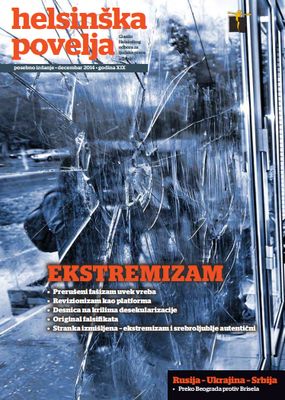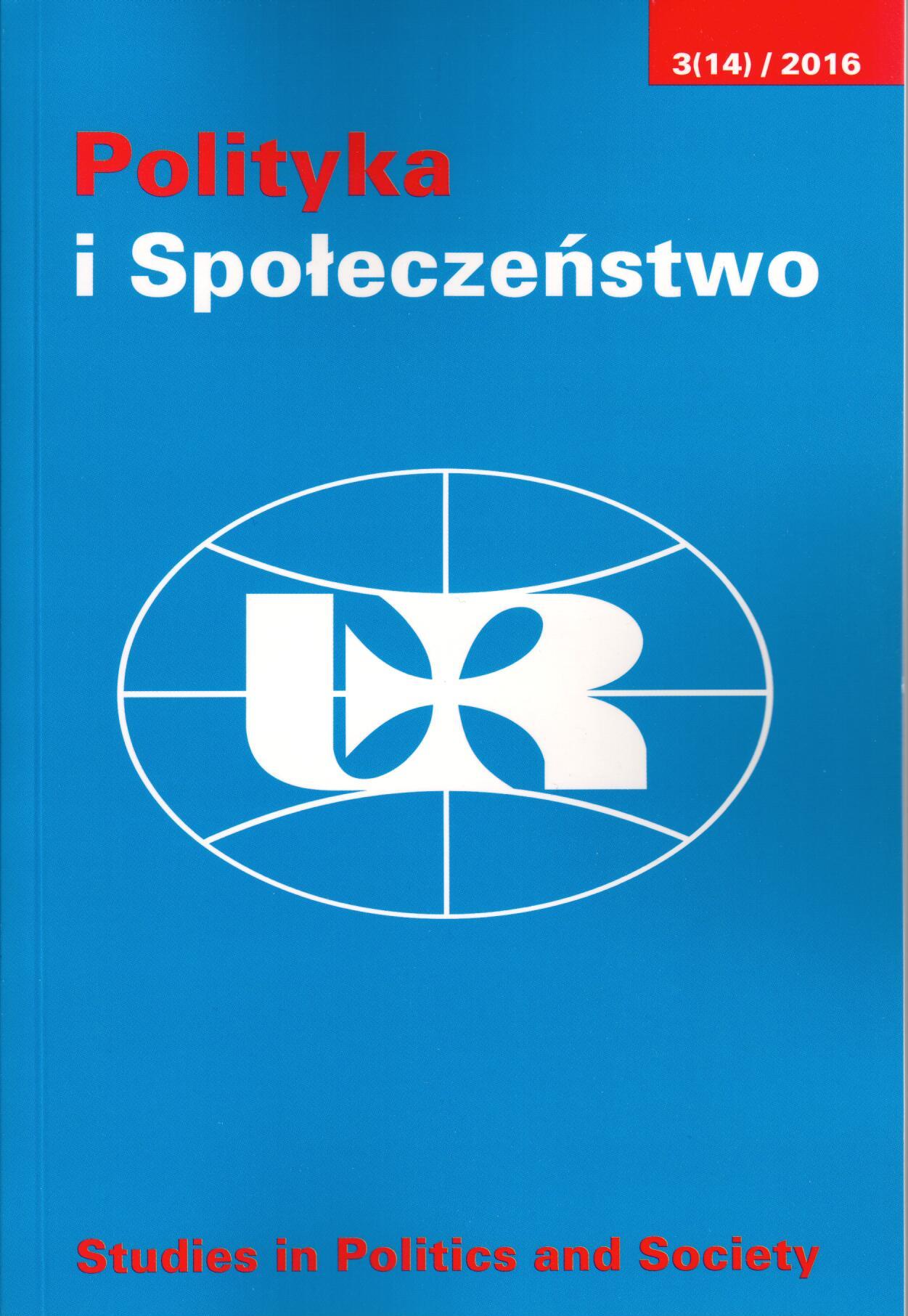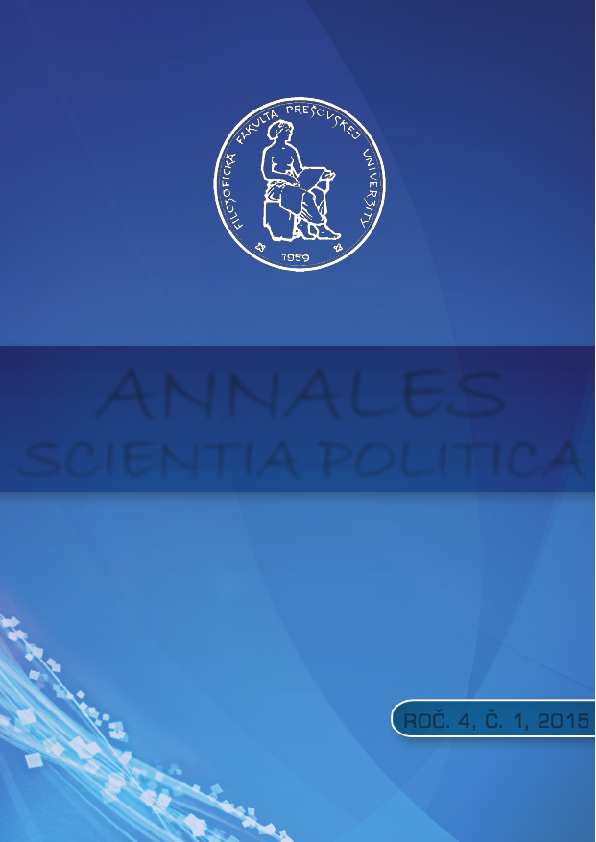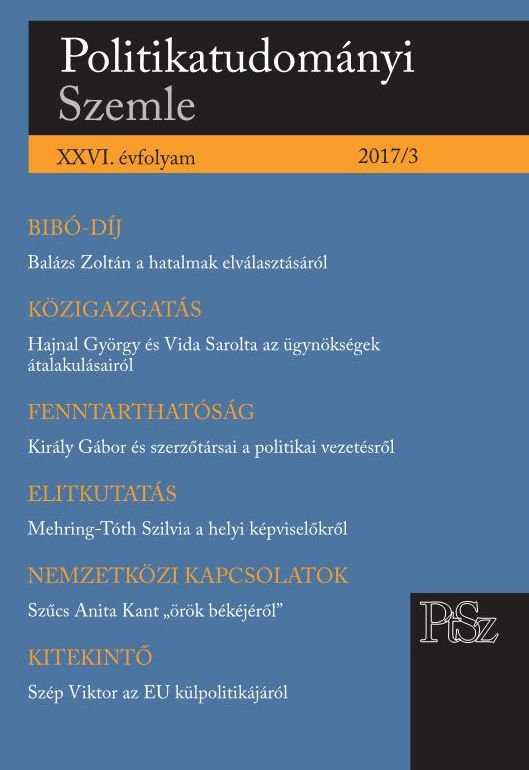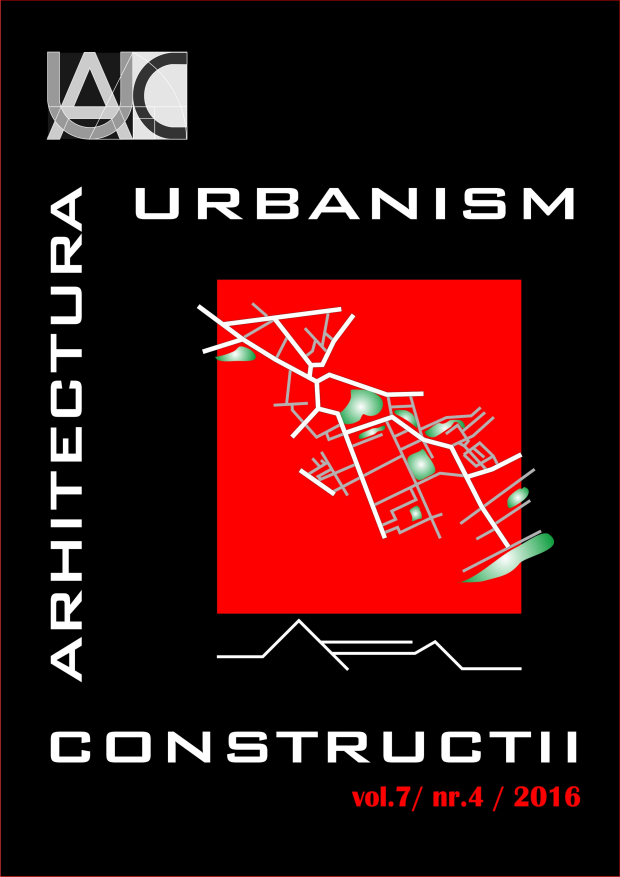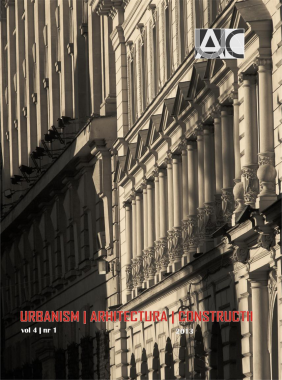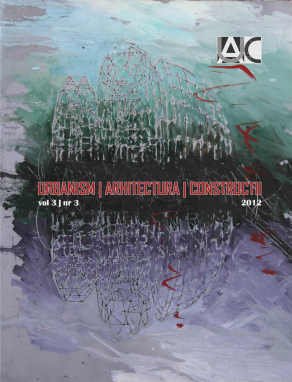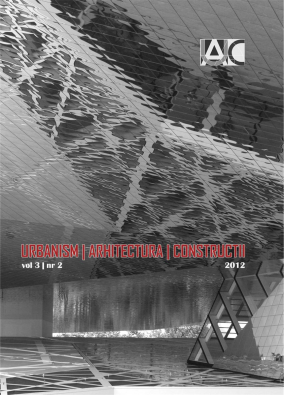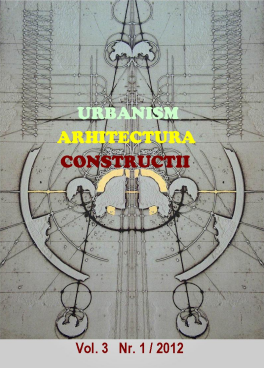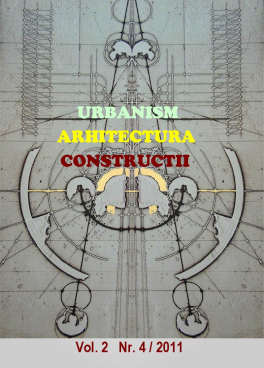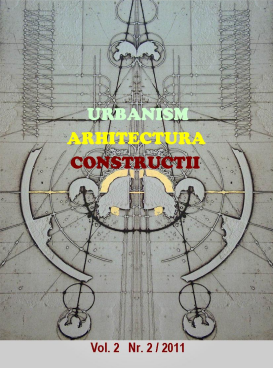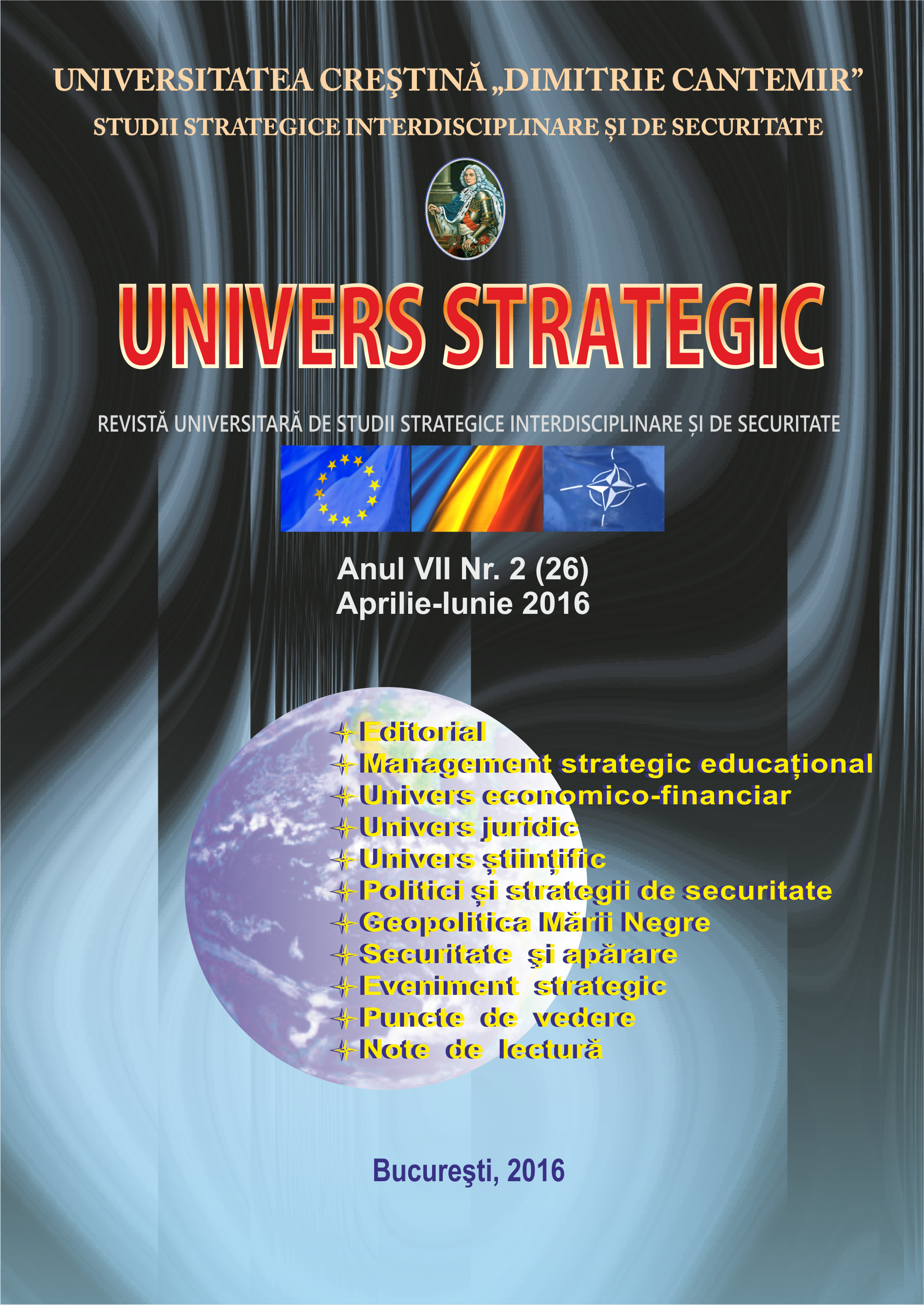Noua legislație electorală din România: Disciplină și transparentă financiară
The article analyzes the new electoral law voted and enacted in the spring of 2015, which reintroduced the plurinominal vote, regarding the election the senators and deputes, not by uninominal election, but by voting a party-list. On the other hand, the article analyzes the new electoral law concerning the financing of the political parties and the development of the electoral campaign. Because of the new electoral laws, the logic and the old political customs, related to the illegal financing of the political parties, will be forgotten, due to the donors’ obligation to be transparent. By the new electoral law, the Permanent Electoral Authority is the institution qualified to perform the control of the income and expenses of the parties and electoral alliances, but also on the revenues realized during the campaign, offered by creditors and donors, but transactions can only be made by bank credit transfer or payment order, thus conferring discipline and public transparence on the financing of political organizations and on the debts and loans stored by the parties.
More...
